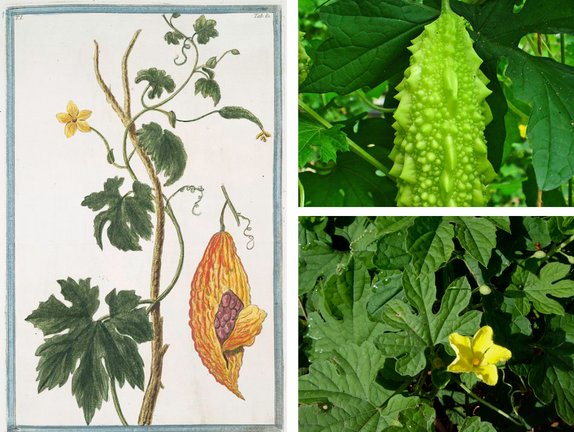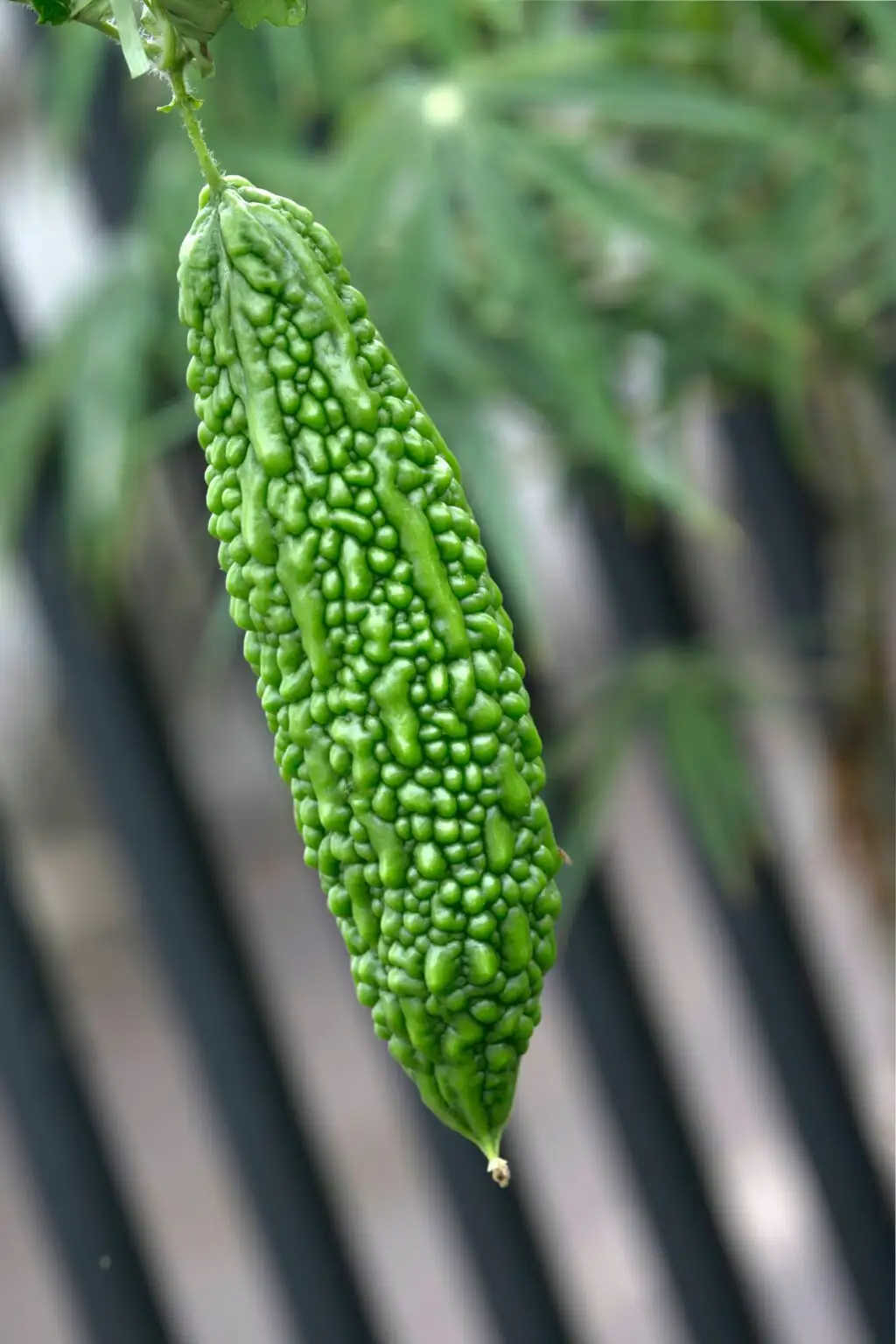Momordica charantia
Latin Name: Momordica charantia
Herb Class/Action: Carminative, Metabolic Normalizer, Diuretic, Pancreatic Trophorestorative, Antiseptic
Parts Used: Aerial parts
Flavors: Bitter
Energetics: Cooling, Drying
Traditional Benefits: Metabolic support, digestive support, blood sugar support
This potent, bitter ‘food as medicine’ is one of our most effective herbal tools for maintaining insulin sensitivity and supporting healthy blood sugar levels.*
There are very few herbs that work as effectively as Bitter Melon does when it comes to insulin resistance and type 2 diabetes. Bitter Melon has two-fold actions that work to both support endogenous insulin production and healthy uptake of glucose in the muscles and liver.
Bitter Melon has been used medicinally for hundreds of years, specifically in the Ayurvedic tradition. Bitter Melon is in the cucumber family (Cucurbitaceae), but unlike many herbs in this family is quite bitter — as the name implies. This perennial gourd is native to tropical regions in parts of East Africa, Asia, and the Caribbean. If you happen to grow Bitter Melon, you can juice the fresh melon and drink it with a touch of honey or a squeeze of lemon juice to help neutralize the bitter flavor profile. For easier access, you can take this herb in pill or tincture form.

Like many herbs with a powerful bitter flavor profile, this herb is used to stimulate healthy digestion and appetite. This is a great herb to lean on before meals for healthy digestion while also supporting a healthy blood sugar response. When dosing this herb you want to start small as it can sometimes act as a laxative.
What really sets Bitter Melon apart from most bitter herbs is the way it works to simultaneously balance blood sugar by acting as a glucose disposal agent. Bitter melon contains an insulin-like polypeptide that works to lower blood sugar, essentially working as insulin would in the bloodstream. This peptide action helps the pancreas work more efficiently leading to increased insulin sensitivity and uptake in muscles. This is why this herb works wonders for those with insulin resistance or type 2 diabetes. And unlike many herbs that lack proper research and funding, you can find many research papers discussing Bitter Melon’s blood sugar balancing actions.
Bitter Melon also acts as a diuretic, which in the herb world simply means increasing the output of fluids and waste products. This speaks to Bitter Melon’s cleansing properties via the liver and intestines by expelling excess “heat” in the body. Furthermore, Bitter Melon has also been historically used as an antiviral and antiseptic herb having proven to be useful again H.pylori and gastric ulcers. There are also accounts of Bitter Melon being supportive in the treatment of urinary tract infections.
Given that we live in a world that is plagued by metabolic disease, Bitter Melon is truly a magical herb to have on hand for support.

